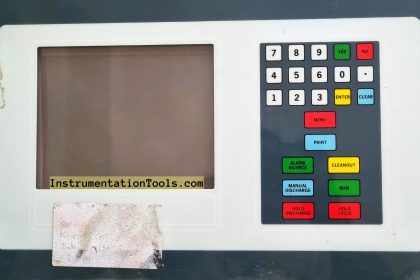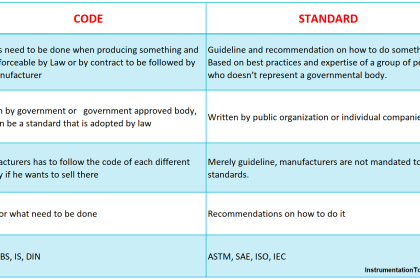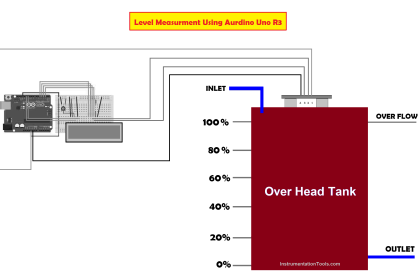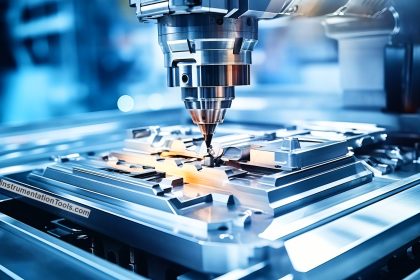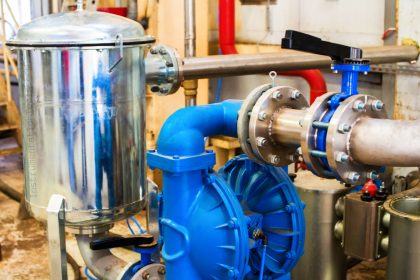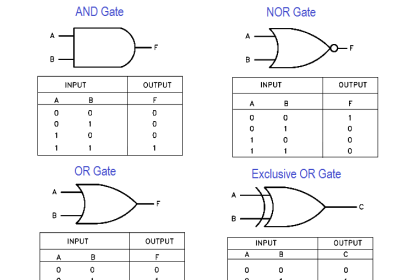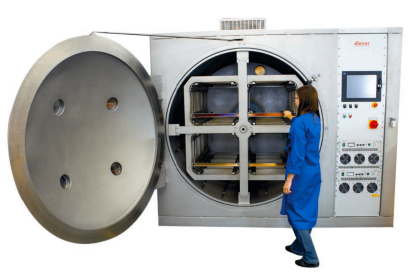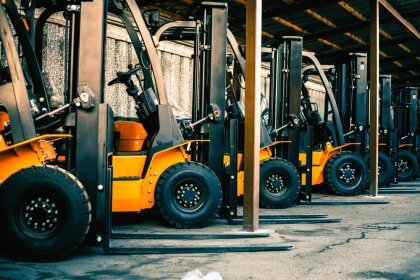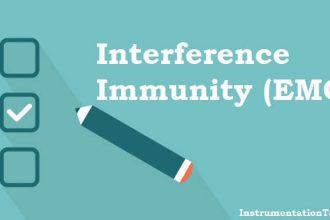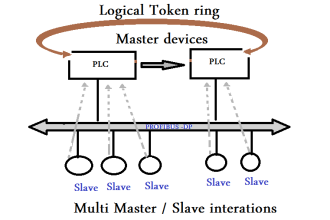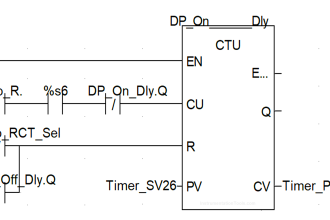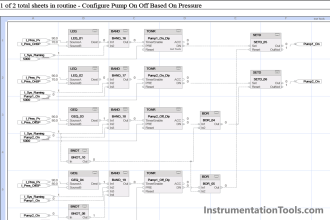Imagine dealing with a busted pipe buried deep under your yard. We’re talking headaches, money pits, and straight-up messy excavations if you pick traditional repair methods. But hold up…what if there’s a better way?
Well, there is – it’s called CIPP lining. Let me break it down real quick.
What is CIPP Lining?
CIPP (Cured-In-Place Pipe) lining is a trenchless rehab method for fixing up broken pipes without the mess of digging. It creates a pipe within a pipe – basically inserting a coated felt tube and then curing it to form a new tight-fitting, corrosion-proof layer inside the damaged one.
This seamless inner layer can rehab pipes ranging from 4-inch to 106-inches wide. Best part? It’s all done from a tiny access point with no massive construction.
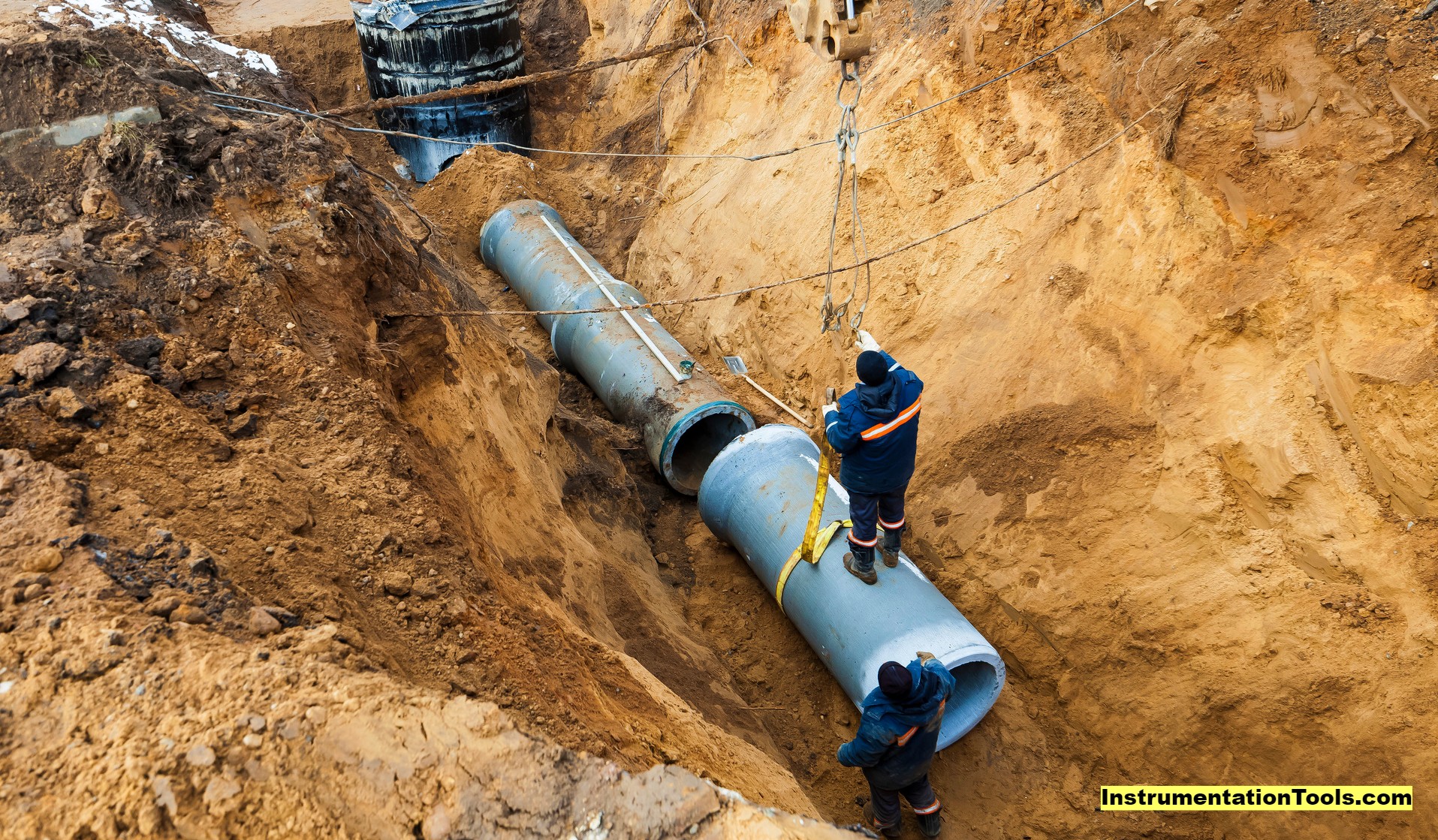
CIPP Lining Procedure
Bringing that CIPP lining process full circle takes a few key steps to rehab busted pipes from the inside out. Here’s a quick rundown of how it goes down:
Pipeline Inspection and Cleaning
First up – slide CCTV cameras inside to inspect and identify any damaged spots needing repair. Then it’s time to deep clean, getting rid of any roots, debris or junk blocking the pipeline using hydro jets or mechanical methods.
Pipe Measurement and Liner Preparation
With the canvas prepped, take precise measurements so your new pipe liner will fit perfectly wall-to-wall. Custom-cut a flexible felt tube to size, which will form the internal pipe layer. Then saturate it with special repair resin that sticks and seals. Lots of resin options too – epoxy, vinyl, polyester – depending on needs.
Insertion of the Liner
Next, insert that sticky resin-coated liner into the damaged pipe however makes sense – inversion using water or air pressure, manually pulling it through, etc. Carefully get full wall-to-wall coverage on the sections needing rehab.
Curing the Resin
Once aligned, it’s time to cure the resin to transform the liner into a rigid, seamless internal pipe layer. Could take a few hours depending on resin type and curing method – hot water, steam, UV light. Just got to harden and bind it to the inner walls.
Post-Cure Inspection and Finishing
Finally, inspect via CCTV again to confirm full adhesion and structural integrity with no defects. Reopen any lateral connections covered up using robotic cutters. Then it’s back to operational status!
Final Quality Assurance
Before reopening pipe operations, it’s a great idea to perform final integrity and functionality checks ensuring your CIPP rehab is solid money through and through. When done right, it’s often the top choice for underground pipe fixes in crowded urban zones and other regions where old-school trench excavations won’t fly.
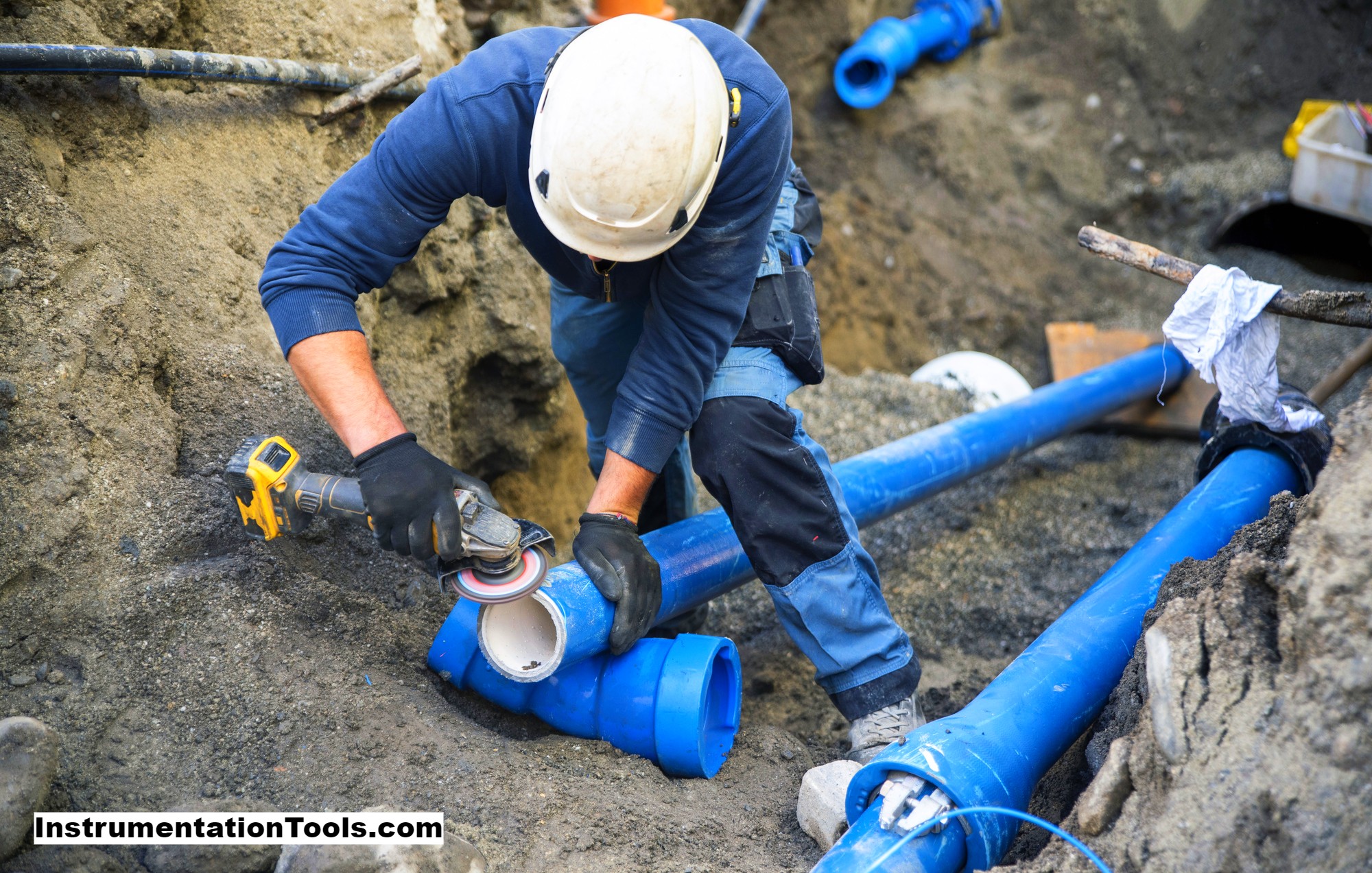
Advantages of CIPP Lining
Now let’s get into why CIPP lining should be on your pipe rehab radar over traditional replacements:
- Minimal Disruption
First up, CIPP being trenchless means little to no stressful digging and destruction to install. Keeping life moving as smoothly as possible for residents and businesses relying on those pipes daily.
- Cost-Effectiveness
CIPP solutions are cost-effective versus full-scale pipe replacements more often than not. You eliminate expensive excavation and surface repair costs, saving bundles of cash in the process.
- Longevity And Durability
These materials also stand the test of time once cured. We’re talking corrosion-proof, decades of functional lifespan, outliving traditional pipe systems twice over in some cases. Now that’s major ROI.
- Versatility
On top of that, CIPP solutions can rehabilitate all types of pipe materials – clay, concrete, metal, PVC, other plastics – you name it. Just as effective in patching cracks, breaks, leaks, and other imperfections.
Disadvantages of CIPP Lining
Of course, every method has some drawbacks too. A few downsides to note:
- Limited Repair Size
First up – CIPP solutions work best for stable pipes with some structural integrity still in place. If pipes are fully collapsed or deteriorated, this method reaches its limits really quickly.
- Chemical Use
The process involves the use of chemicals in the resin. Improper use or disposal of those compounds risks some negative environmental impacts.
- Access Point Requirement
There also needs to be a clear access point in place to insert the liner from the jump. Creating one can prove challenging in some scenarios based on location factors.
- Potential For Incomplete Adhesion
Lastly, while rare, resin may fail to fully adhere in sections post-installation leading to weak points in the rehab. This jeopardizes the repair’s effectiveness long term if structural gaps get exposed to flows or debris.
In Closing
While CIPP lining stays ahead innovating trenchless pipeline rehabs with less disruption, like any new wave method, it still comes with limitations and challenges unique to its process.
Correctly assessing which situations make sense before moving forward is a great idea. But when applied right? Next-level modern solution for cities needing to keep the infrastructure running nonstop.
So, by partnering with experienced CIPP pros to map out your unique pipe rehab flow, they can determine if the lining is your ticket. If not, they’ll come correct with alternate solutions too.
